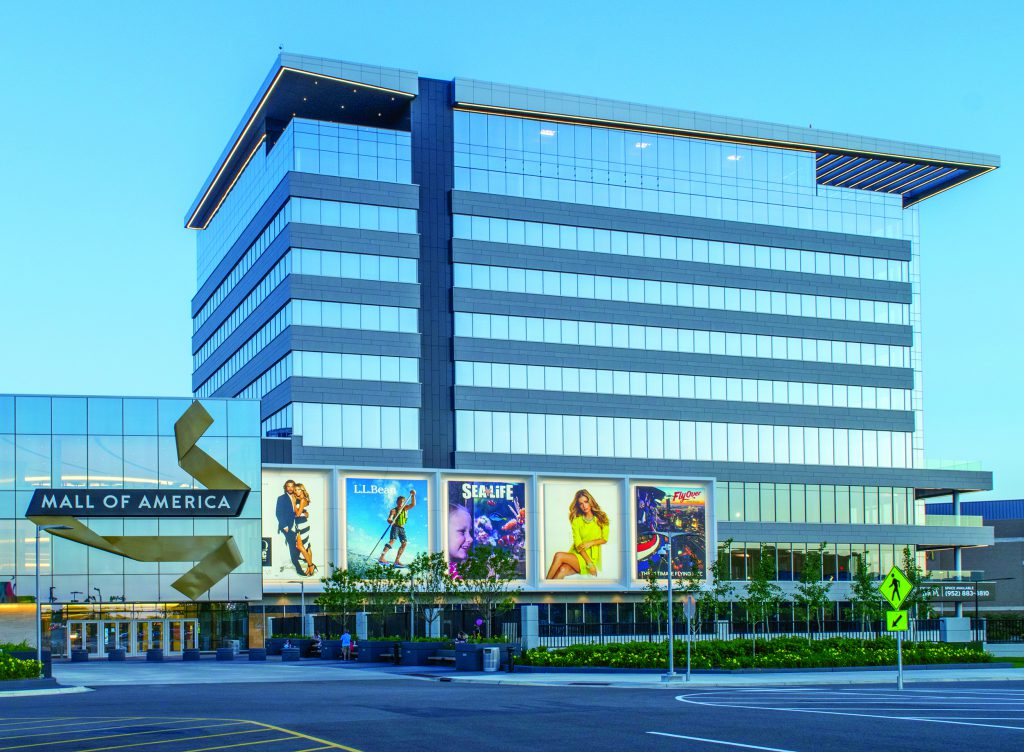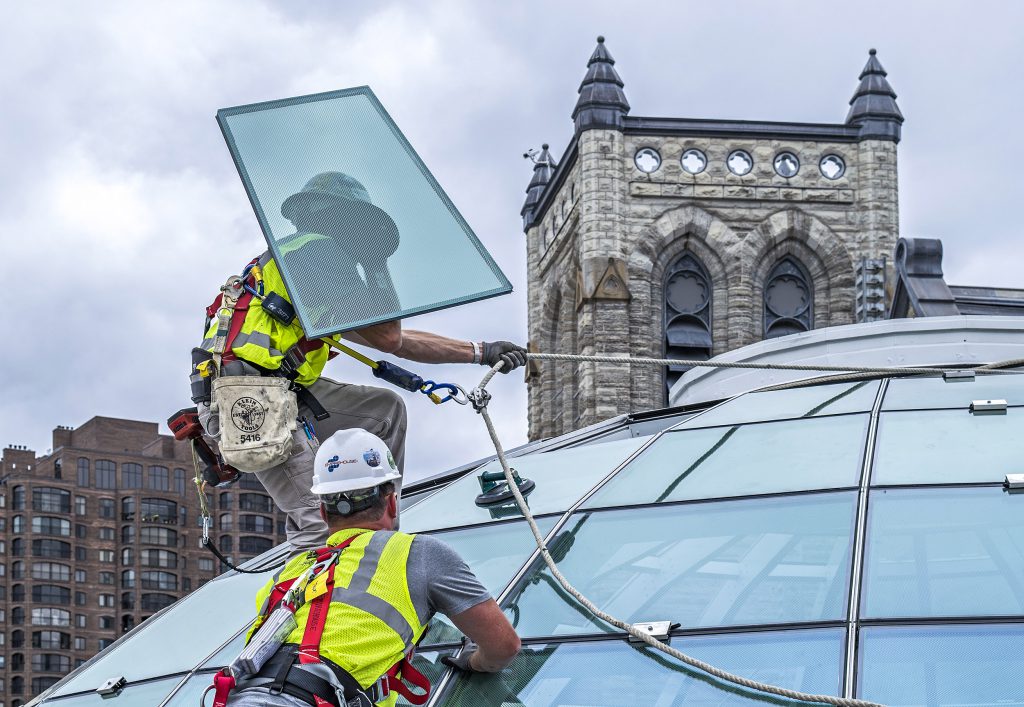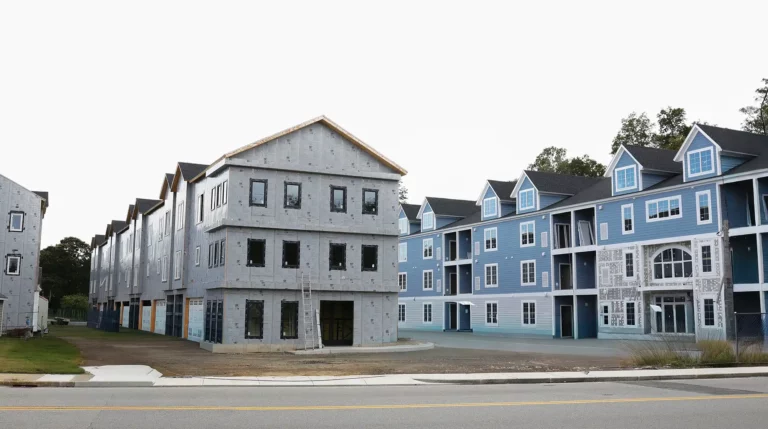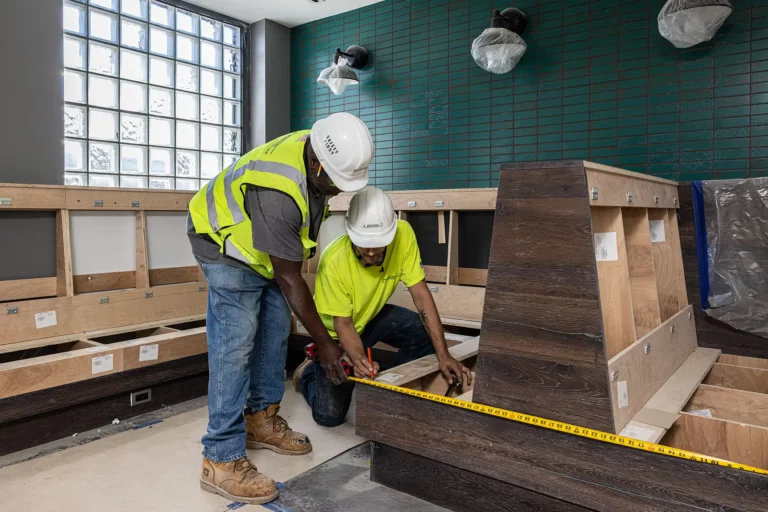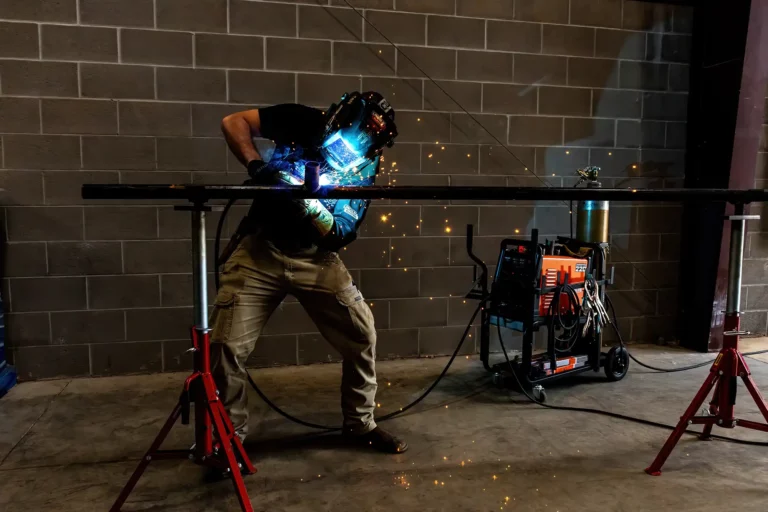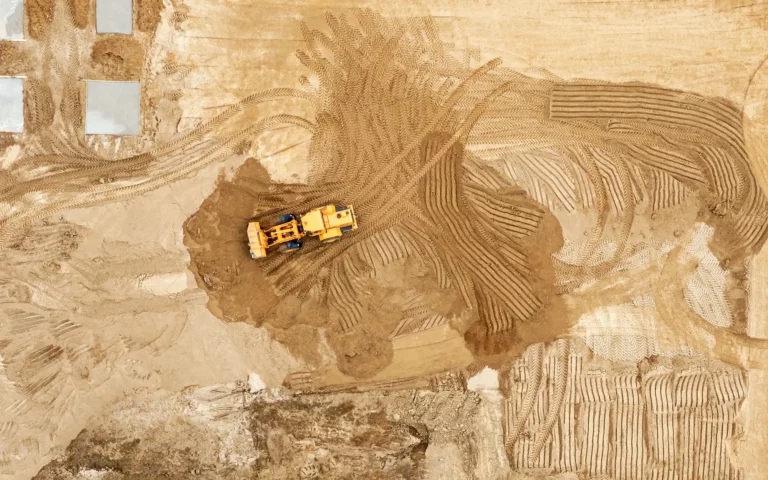“Teamwork, innovative, going above and beyond. I think if we live by those rules, everything that we’re talking about changes the way a subcontractor approaches a project. I mean, if you just put your head down and do your own thing, it’s gonna get you through projects, but it can also get you in trouble, right?” Mike Gilbert is speaking about the core values and work ethos of Empirehouse, the architectural glass and metal contracting company of which he is President. However, as with much of our conversation, these words could very easily also apply metaphorically to the bigger picture of construction and worldmaking in modern America.
Empirehouse is a family run and proudly female owned business based in Minneapolis, from where it has been serving Minnesota and the Upper Midwest region since 1950. Over three generations, it has evolved from a small turnkey operation, initially selling jalousie window systems door-to-door and then storm and patio doors, into the sophisticated enterprise it is today, offering full in-house fabrication, installation and management for contract sales and service. Mike’s grandparents, founders John and Betty Griffith, steered the company’s expansion from sales to manufacturing, moving beyond windows and entrances to entire storefronts, progressively offering a more comprehensive package to owners and general contractors. Switching focus from domestic and retail units to public projects in the late 1980s, it was through municipal buildings that Empirehouse really cut its teeth in commercial glazing, going on to develop strong relationships with trade partners and architectural firms. It now occupies a specialist niche for large-scale glass and metal fixtures, and has developed particular expertise in working with aluminum.
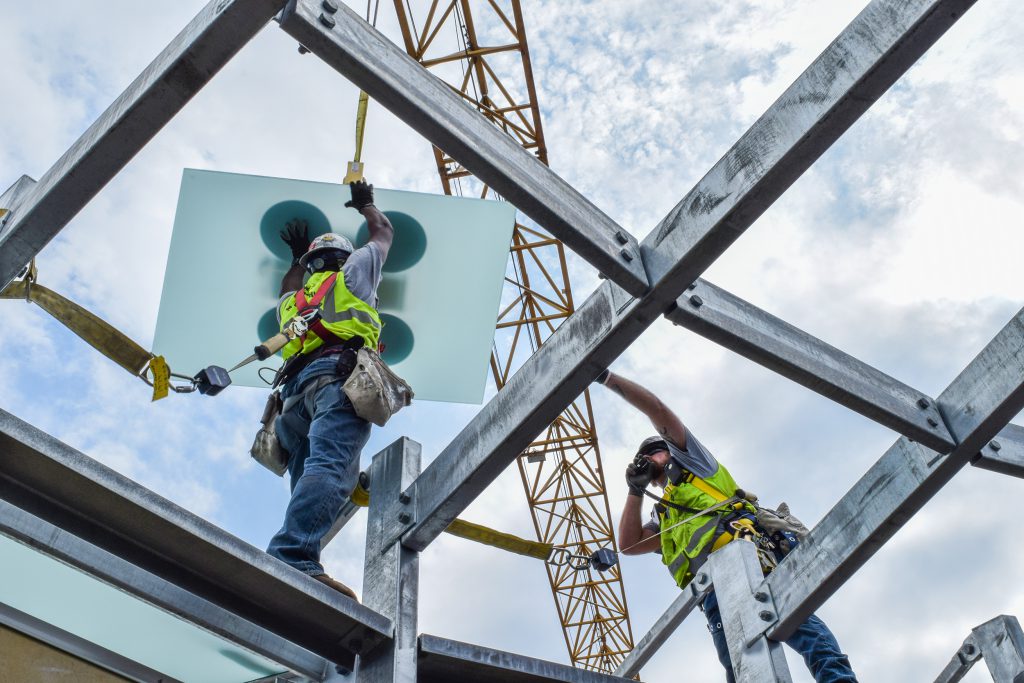
As we discuss Empirehouse’s evolution and culture, I suggest that there is probably a neat analogy to be made about utilizing glass to enhance vision and window frames to create new perspectives. Although I can’t seem to find quite the right words, this leads us to the topic of authentic collaboration and dialogue. Good communication is a recurrent theme, and fundamental to what Gilbert calls “the Empirehouse way”. Representative projects see the team truly integrated into the development journey, from the schematic design phase with architects and contractors, to custom manufacture and final installation. “My vision is to kind of revolutionize the industry from a subcontractor perspective,” Gilbert says of this way of working.
10 West End in St. Louis Park, Minneapolis, is a shining example. Standing at eleven-storeys high and 343,000 square feet, this multi-use office complex was completed in October 2020, the first Class A building of its type to go up in the district in almost twenty years. The dramatic structure, constructed mainly from glass and brick, arose through collaboration with the architectural, construction and development divisions of Ryan Companies. The Empirehouse team worked through aspects of the design alongside them and brought the project through GMP. Recollecting the “wonderful job” done by the crew, superintendent and project manager, Gilbert describes it as an all round positive experience and says of the collaborative process, “I think that job is kind of a true testament to what that looks like. We were very involved, we had a lot of input, and they embraced the input. And I think at the end of the day, we all looked at it as a success.”
“The recent implementation of its own Rhino Fab center to cut, drill and miter aluminum extrusions prior to fabrication, has increased production capacity and fabrication in the field.”
Alongside a focus on developing and sustaining healthy relationships with clients and trade partners, there is a sense that the legacy of strong female leadership has contributed to a forward thinking, dynamic approach. Following in the footsteps of co-founder Betty Griffith, women have been working in different roles throughout the company ever since, and are visible in the shop, in project management and right up to board level. Empirehouse was certified nationally last year through the Women’s Business Enterprise National Council (WBENC), but it was already endorsed as female-led back in 1991, when Betty’s daughter and daughter in-law, Nancy and Alana Griffith, oversaw it becoming a Certified DBE Women-Owned Business in the State of Minnesota.
“It was something that we felt was very important for our business and very important for the business culture, to promote strong women,“ Gilbert says, “Especially at that time, in the nineties, women in construction was not really a thing, like you see today.” He speaks warmly of his sister, CEO Kristine Hutera, whose contribution he describes as “super” in the areas of marketing, back-up, accounting and finance. An active figure in her profession, Hutera is due to sit on a panel for Women in Construction the following week to discuss gender and diversity in the industry.
Technology, alongside changing societal norms, is another factor in industry shifts. Areas previously reliant on heavy manual labor have become more streamlined and accessible, enabling diversity and diversification. This has proven to be crucial to the success and longevity of a company such as Empirehouse which is now entering its seventh decade of activity. The recent implementation of its own Rhino Fab center to cut, drill and miter aluminum extrusions prior to fabrication, has increased production capacity and fabrication in the field. Investment in bigger and better equipment, such as massive power cups and glass manipulators, means that the team can efficiently install larger glass pieces and frames, and embark on ever more ambitious projects.
In terms of digital technology, Empirehouse has pivoted to Revit, like many others. Gilbert describes the software as a game changer for a small diversified subcontractor to have in-house. It enables the team to coordinate with clients in a virtual setting, facilitating everything from project modeling to intricate detailing, to roll out for fabrication. Empirehouse also makes use of a custom estimating program that not only creates estimates and proposals, thus feeding the pipeline, but also helps to keep track of ongoing projects. Another useful custom program takes care of time management and tracking, and relays communication between staff in operations, the shop and out in the field. It also facilitates requests for tools and materials, along with daily task management and safety issues. With 60–80 installers out in the field, this kind of technology helps to keep the team connected to each other and the projects at hand. Bluebeam Studio is another tool used to share architectural drawings, shop drawings, coordination drawings and interactions regarding quality control, for example.
The paradox of digital technology is that while it enables remote connection, which is both useful and reassuring, it can also reinforce feelings of separation and isolation, especially in the quarantine and post-pandemic era. Speaking of the economic and social fallout from COVID-19, Gilbert describes its effect on the industry in 2020 as very severe, adding that he found it particularly difficult on a personal level, knowing that while he could work as President from behind a computer screen, virus outbreaks on construction sites and in other areas were a very real threat and in fact, some projects did have to be shut down. A lot of booked work was canceled or postponed. While he was grateful for the backlog that Empirehouse had at the beginning of the year and the fact that projects such as West End 10 could still be completed in the autumn, he was not comfortable putting his team at risk. Despite it all however, they pulled through.
“The city of Minneapolis, home of Empirehouse, is a significant location from which to build.”
“I got to send a shout out to our shop and field, and a shout out to our Safety and Quality Manager. He was on it immediately. He had COVID protocols written up, in place, and instituted masks. We had a lot of masks in the shop and they already have to wear PPE and glasses. It was hot but they all overcame it and embraced it,” says Gilbert of how they adapted to the new working conditions. “It’s become just what we do, and they’ve got to sign in every day on the app, and click the questions and timestamp it, and they did it, and they worked through it.”
The city of Minneapolis, home of Empirehouse, is a significant location from which to build. The eyes of the world were focused on the Minnesota capital last summer, as civic unrest erupted in the downtown area. In the aftermath, there was a lot of uncertainty among local owners and developers, who were no longer sure if they still wanted to be downtown. Gilbert, however, is optimistic and points out that there were a lot of major projects in the area and that construction is still ongoing there. Looking forward, he predicts that 2021 will still be a challenging year on many fronts, but he is hopeful that things will stabilize in the last quarters and into 2022. He is also excited about some future projects in the pipeline. “There’s quite a lot of beautiful glass projects that are going to go on in the Midwest,” he tells me. “It keeps me positive that things are on the mend.”











